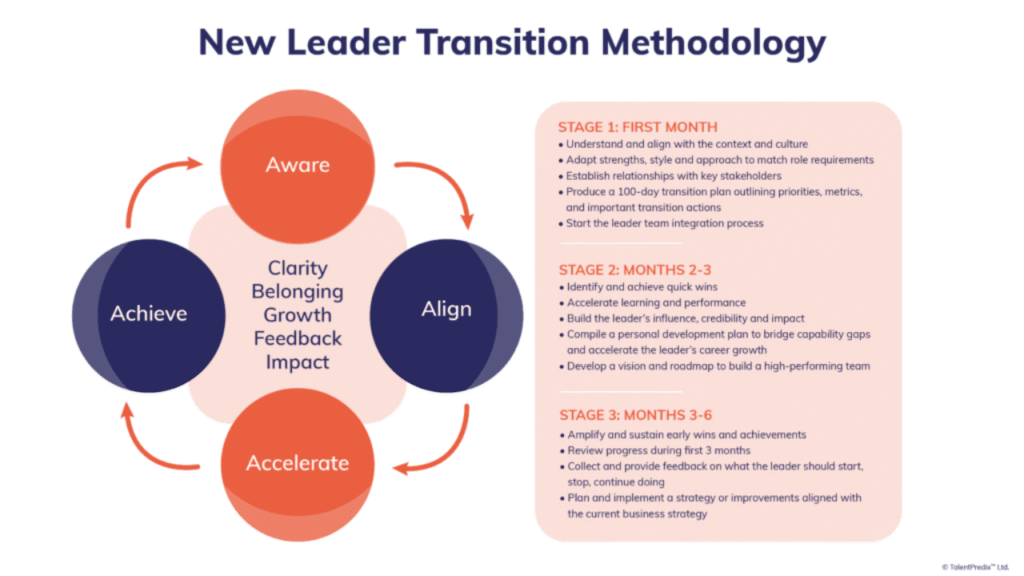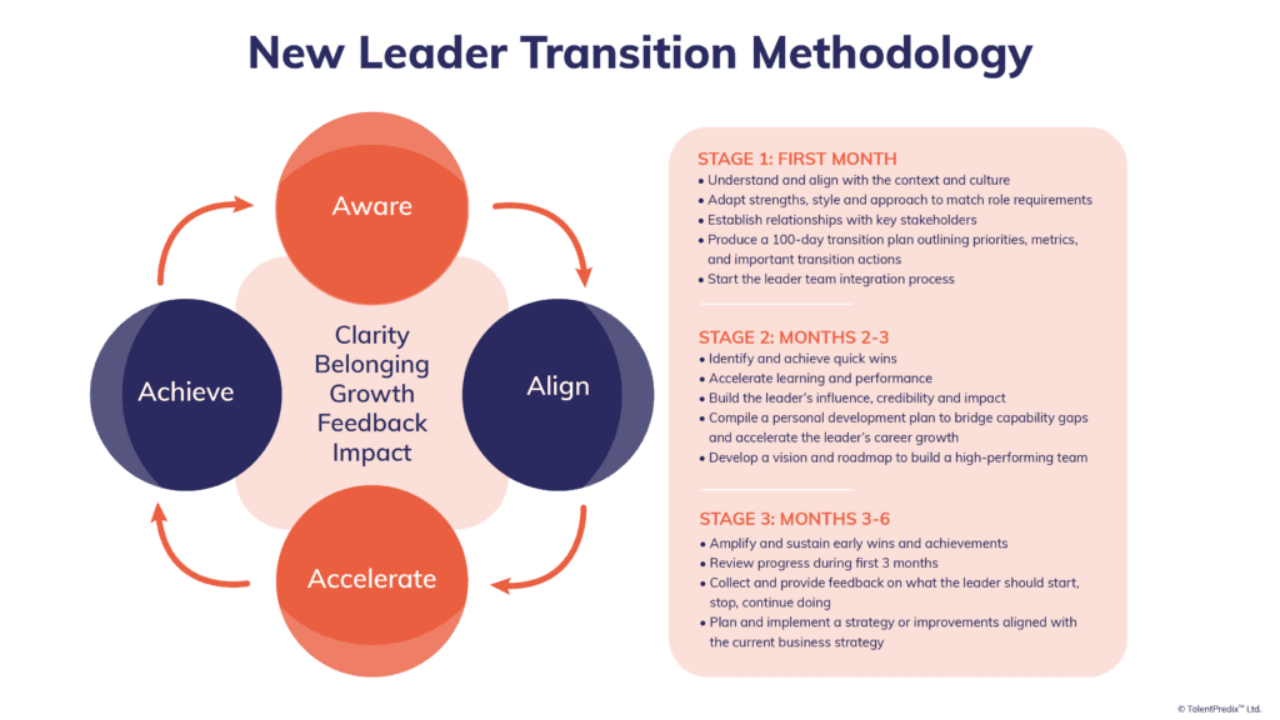
In the dynamic field of ergonomics across Latin America, the evolution of ULAERGO (Latin American Union of Ergonomics Organizations) has been deeply influenced by its leadership transitions. Each new administration brought distinct visions, strategies, and operational changes—reshaping the organization’s trajectory and redefining how it responded to both internal goals and external challenges.
This article explores the leadership transitions within ULAERGO, examining how each change influenced the organization’s strategic direction, adjusted its priorities, and left a lasting impact on the regional ergonomics agenda.
Overview Table: Strategic Shifts Triggered by Leadership Transitions
| Leadership Period | President | Strategic Focus | Organizational Shift | Notable Legacy |
|---|---|---|---|---|
| 2012–2015 | Dr. Luis F. Ortega | Institutional Establishment | Legal charter and bylaws | Organizational identity creation |
| 2015–2018 | Prof. Helena Vasquez | Research Collaboration | Regional partnerships | Cross-border knowledge exchange |
| 2018–2021 | Dr. Manuel R. Delgado | Academic Harmonization | Certification and standards | PLACE certification and curriculum reform |
| 2021–2024 | Dr. Soledad Infante | Digital Transformation | Remote learning and inclusivity | Digital infrastructure and outreach |
| 2024–Present | Dr. Diego Álvarez | Regional Policy Leadership | Advocacy and policy integration | Ergonomics in government labor agendas |
Leadership Evolution and Strategic Reorientation
1. Foundational Years (2012–2015): Creating a Legal and Institutional Identity
Under Dr. Luis Fernando Ortega, ULAERGO’s primary goal was to formalize its existence. The strategic emphasis was on building legitimacy—structuring its statutes, defining membership protocols, and creating internal governance mechanisms. Dr. Ortega’s leadership was not about expansion but about consolidation. His administration laid down the legal foundation and established ULAERGO as a formal, recognized entity.
Strategic Shifts:
- Codification of bylaws and operational rules
- Development of a continental vision and mission
- Formal engagement with national ergonomics societies
2. Expansion through Collaboration (2015–2018): Strengthening Regional Ties
Prof. Helena Vasquez’s presidency marked a shift from institution-building to expansion and partnership. Her strategic approach was collaborative—fostering academic exchanges, joint publications, and regional events. During her term, ULAERGO developed deep ties with international ergonomics bodies, and initiated mentorship programs across borders.
Strategic Shifts:
- Establishment of regional research clusters
- Launch of the Latin American Ergonomics Congress
- Start of bilingual publication formats (Portuguese and Spanish)
3. Standardization and Education (2018–2021): Structuring Knowledge
When Dr. Manuel Ruiz Delgado took over, his background in higher education influenced a pivot towards academic consistency. His administration prioritized developing shared frameworks for ergonomics education and training. The creation of the Pan-Latin American Certification in Ergonomics (PLACE) marked a turning point in standardizing professional development across the region.
Strategic Shifts:
- Formation of a continental accreditation board
- Rollout of certification aligned with ISO standards
- Introduction of pedagogical alignment in curriculum delivery
4. Digital Reinvention (2021–2024): Innovating in Crisis
The COVID-19 pandemic accelerated the need for digital transformation, a challenge embraced fully by Dr. Soledad Infante. Her strategic vision centered around access, continuity, and innovation through digital means. She built ULAERGO’s first e-learning platform, increased virtual event participation, and pushed the organization toward mobile-friendly solutions—especially for remote and rural users.
Strategic Shifts:
- Transition to hybrid and fully virtual congresses
- Expansion of membership through online modules
- Creation of a multilingual digital ergonomics library
5. Advocacy and Policy (2024–Present): Embedding Ergonomics into Governance
The most recent transition to Dr. Diego Álvarez marks a clear pivot toward macro-level influence. With a strong background in labor policy, Dr. Álvarez’s strategy is anchored in positioning ergonomics within national and regional political frameworks. His early initiatives include lobbying for ergonomic standards in public sector workspaces and aligning ULAERGO’s recommendations with ILO guidelines.
Strategic Shifts:
- Introduction of ULAERGO Policy Briefs for ministries
- Creation of the Latin American Ergonomics Advocacy Taskforce
- Direct involvement in government-led workplace reforms
Comparative Table: Strategic Direction Before and After Leadership Changes
| Leadership Transition | Previous Focus | New Focus Introduced | Resulting Organizational Impact |
|---|---|---|---|
| Ortega → Vasquez | Legal infrastructure | International research exchange | Enhanced visibility and partnerships |
| Vasquez → Ruiz | Collaboration and visibility | Academic standardization | Formalized ergonomics education |
| Ruiz → Infante | Training systems | Digital and mobile access | Improved accessibility and member diversity |
| Infante → Álvarez | Online learning expansion | Government policy integration | Elevated policy influence and recognition |
Organizational Learning Through Transitions
Each leadership transition in ULAERGO has not only brought change but also contributed to organizational learning. Instead of resetting strategy, new leaders expanded upon their predecessors’ groundwork, adapting to emerging challenges while sustaining long-term goals.
Key Organizational Learnings:
- Continuity with Innovation: Every administration preserved core values while introducing new priorities.
- Responsive to Context: Strategic pivots reflected real-world needs—like digitalization during the pandemic.
- Broadening Influence: Leadership shifts consistently expanded ULAERGO’s influence from internal operations to external impact.
Conclusion
Leadership transitions at ULAERGO have been more than just changes in position—they’ve served as catalysts for reimagining the organization’s purpose, tools, and reach. From legal structure to international collaboration, from education to digital transformation, and now to government advocacy, each shift has progressively evolved ULAERGO into a more impactful, relevant, and future-ready institution for Latin America’s ergonomic community.
Top 3 One-Line FAQs
How have ULAERGO’s leadership transitions shaped its strategy?
Each new leader brought a unique strategic focus—from legal structuring to digitalization and policy advocacy.
What is the most recent strategic direction of ULAERGO?
ULAERGO is currently prioritizing public policy integration and regional labor reform through ergonomic principles.
Did each leader build on the work of their predecessor?
Yes, each administration expanded ULAERGO’s scope while maintaining continuity with past initiatives.

